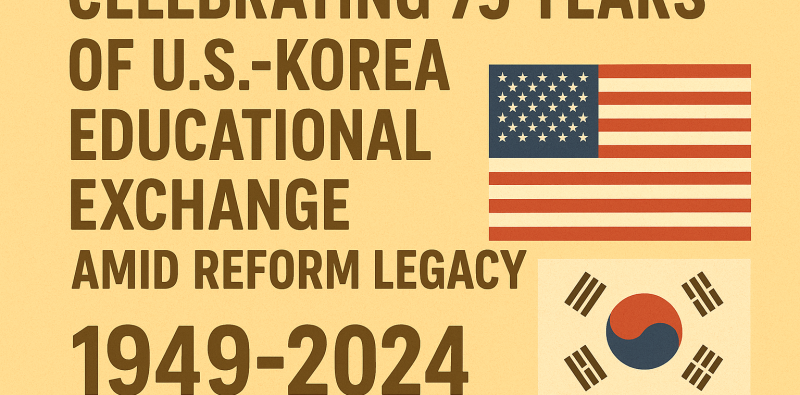
As 2025 dawns, the U.S.-Korea educational partnership reaches a significant milestone with the 75th anniversary of the Fulbright Program in Korea, a cornerstone of bilateral collaboration since its inception. This jubilee coincides with the 30th anniversary of South Korea’s pioneering 5.31 Education Reform, a transformative policy that has reshaped the nation’s academic landscape. Together, these milestones underscore a dynamic alliance that blends cultural exchange with strategic innovation.
A Legacy of Learning and Diplomacy
Launched in 1960 following a 1950 agreement—delayed by the Korean War—the Fulbright Program in Korea established the Korean-American Educational Commission (KAEC) through subsequent agreements in 1963 and 1972. This joint venture, co-funded by both nations, has grown into one of the world’s most enduring exchange initiatives. Today, KAEC supports over 200 annual grants for Korean and American participants, fostering a network of more than 7,500 alumni across various disciplines. From graduate fellowships nurturing future leaders to English teaching assistants enhancing provincial education, the program embodies a commitment to peacebuilding through knowledge.
This effort aligns with South Korea’s broader educational evolution, spurred by the 5.31 Reform of 1995. Aimed at global competitiveness, the reform introduced flexible curricula, digital integration, and initiatives like the Brain Korea 21 program, which boosted research and international benchmarking. The result? A surge in Korean students studying in the U.S.—over 43,000 in 2023-2024, ranking Korea third globally—and a rise in American students exploring Korean campuses, with numbers climbing to 5,909 in 2022-2023 from just 2,062 in 2008-2009.
Building Bridges Through Education
The U.S. further strengthens this bond through EducationUSA, based at KAEC, which guides Korean students toward American universities. Meanwhile, programs like the Study Korea 300K Project, targeting 300,000 international students by 2027, highlight Korea’s growing appeal, with the U.S. as a key partner. Historical collaborations, such as the Minnesota Project and the founding of KAIST in 1971 with U.S. support, laid the groundwork for Korea’s rise in global academic rankings.
Transnational education has added a new dimension. The Incheon Global Campus, hosting branches of five U.S. universities, allows local students to earn American degrees while fostering cross-cultural learning. Organizations like Global Pathways, celebrating its 75th anniversary in 2025 alongside Fulbright, enhance this exchange. Its Seoul Center has welcomed over 220 U.S. students, offering immersive programs that blend academics with cultural exploration.
Challenges and Opportunities Ahead
This partnership has yielded a robust academic pipeline, elevated Korea’s research profile, and deepened intercultural understanding. Korean alumni with U.S. degrees now lead in government and industry, while American students return with insights shaping careers in diplomacy and East Asian studies. Yet, challenges persist. Early concerns about “brain drain” and the risk of over-reliance on U.S. models have evolved into new hurdles: Korea’s demographic decline, rising U.S. education costs, and shifting national policies.
As geopolitical tensions and technological shifts reshape the Indo-Pacific, maintaining this alliance is more critical than ever. Experts suggest mutual scholarship funding, hybrid learning platforms, and stronger governance of transnational campuses could secure its future. The 5.31 Reform’s legacy of adaptability, paired with Fulbright’s focus on mutual growth, offers a blueprint for resilience.
A Vision for the Future
In 2025, these anniversaries remind us that U.S.-Korea educational ties are not just a historical achievement but a living framework for innovation. By addressing current obstacles and embracing collaborative governance, this partnership can evolve to meet the demands of a complex, interconnected world. The next 75 years promise to build on this foundation, turning education into a bridge for peace, progress, and shared prosperity.
